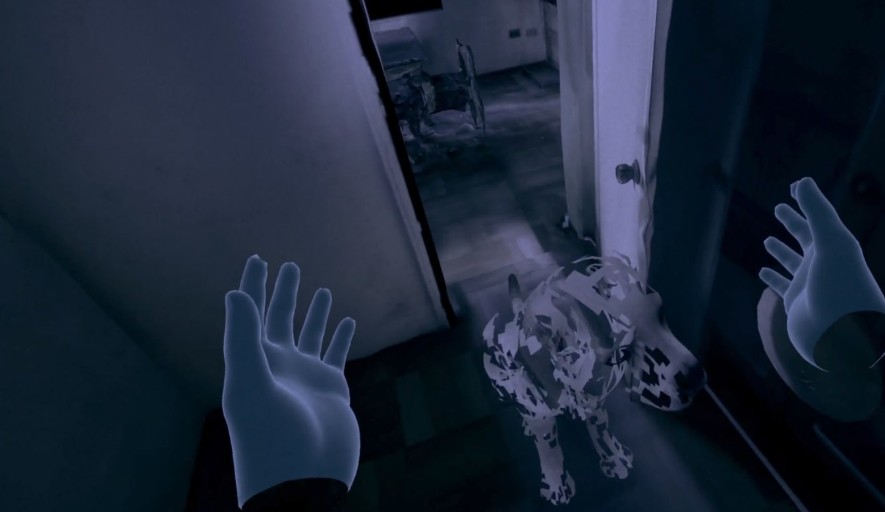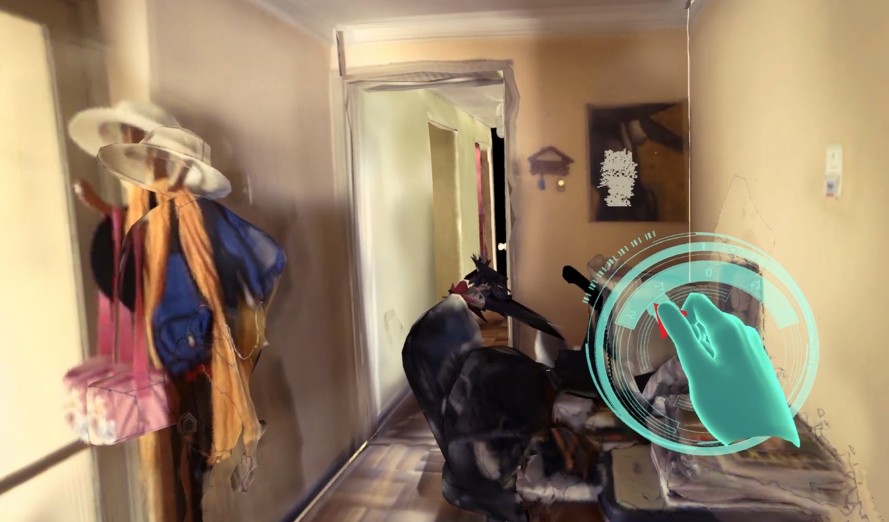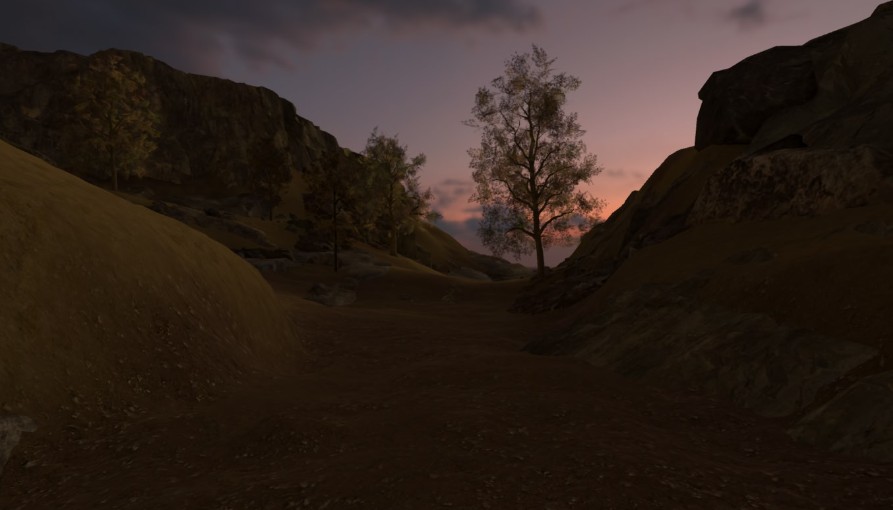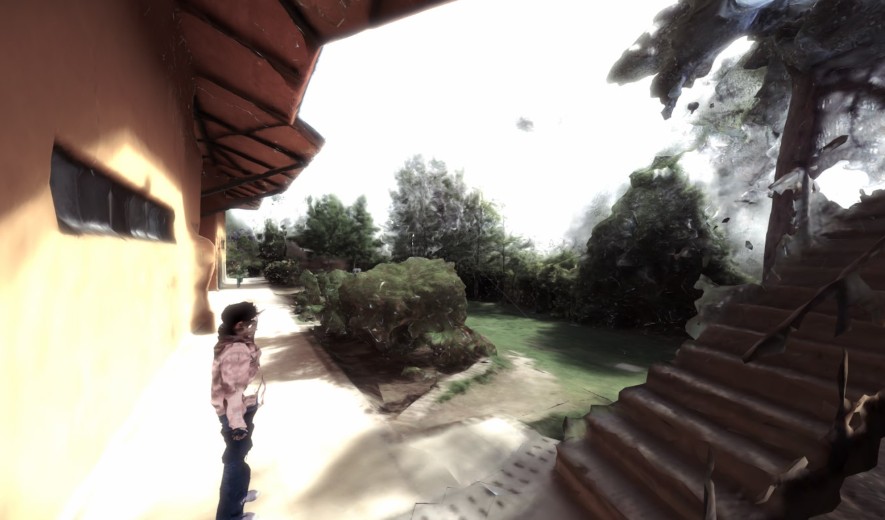Virtual reality has evolved beyond gaming escapades into a profound medium for psychological exploration. ‘The Signifier’ on Meta Quest immerses players in a narrative where memory isn’t just a plot device-it’s the battlefield. This thriller leverages VR’s unique ability to simulate altered states, making you question if your recollections are yours or implants. Why now? In 2025, Meta’s $1.5 million developer competition fuels apps that integrate hand tracking and mixed reality, pushing boundaries ‘The Signifier’ likely exploits. But this innovation comes with a caveat: as tech captures intimate thoughts-echoed in privacy debates over smart glasses-the game mirrors real-world anxieties about mental autonomy.

Psychological thrillers are dominating media, from the unsettling ‘Obsession’ film to Sarah Snook’s ‘All Her Fault’ series, yet VR amplifies their impact. Unlike passive viewing, you’re an active participant in the unraveling. ‘The Signifier’ doesn’t just tell a story; it forces you to live the dissonance between reality and illusion. Consider how hacker detective games like ‘Mawaru! Hacker Tantei’ use puzzles to probe truths-here, the puzzles are your own perceptions. This isn’t mere entertainment; it’s a lens on how technology reshapes identity.
When Virtual Reality Penetrates the Psyche
For players, the relevance is personal. Have you ever replayed a memory only to doubt its accuracy? ‘The Signifier’ turns that unease into gameplay, warning how easily digital interfaces can manipulate our sense of self. Unobviously, it teaches meta-cognition-questioning your thoughts as they form. Tip: Play in short sessions; the intensity can blur your own reality boundaries. Unlike flat-screen horrors, VR’s immersion makes jump scares feel trivial compared to the slow creep of cognitive dissonance.

What sets this apart? It’s not about external monsters but internal ones-the kind that privacy advocates fear when devices ‘bubble up’ ideas. As Meta’s competition spurs apps that blend physical and digital worlds, ‘The Signifier’ serves as a crucial experiment in ethical storytelling. It matters because it preps us for a future where tech doesn’t just access our data but our minds. Ready to confront what your memory hides?
Deconstructing Memory Through VR Interactions
‘The Signifier’ leverages Meta Quest’s hand-tracking to turn memory recall into a tactile experience-you don’t just observe fragments; you pinch, drag, and reassemble them. Meta’s 2025 Horizon Start Competition, with 32 prizes up to $100,000, specifically rewards apps that integrate features like hand tracking and mixed reality. This isn’t a gimmick; it’s core to the game’s design. For instance, manipulating a distorted memory might require precise finger gestures, making your own hands tools for cognitive archaeology. Unlike controller-based games, this direct interaction heightens the unease-your physical movements directly influence the narrative’s truth.

Mixed reality elements blur your environment with the game’s psyche-scape. Imagine your living room walls morphing into memory corridors-a feature Meta cites as a ‘significant’ update. This fusion exploits the Quest’s passthrough capabilities, creating a disorienting blend where real objects become anchors or traps. In one scenario, a familiar photo on your desk might trigger a false memory in-game. This mirrors real-world privacy alarms; as smart glasses ‘bubble up’ ideas from ambient data, the game simulates how tech can infiltrate personal spaces. A 2025 report notes that founders of neural-interface projects often trade convenience for privacy, a tension ‘The Signifier’ makes palpable.
The game’s puzzles revolve around meta-cognition-you must detect inconsistencies in your own recollections. While ‘Mawaru! Hacker Tantei’ has you solve PC-based riddles, here the puzzles are internal. For example, a memory might loop with slight alterations, and you must identify the anomaly through environmental clues or emotional cues. This teaches players to question their perceptions in real life. Unobviously, the game uses biometric feedback; rapid eye movements or hesitant gestures could alter outcomes, adding a layer of subconscious interaction. It’s a step beyond traditional horror-instead of jump scares, you face the slow unraveling of your mental stability.
Comparisons to flat-screen thrillers like ‘All Her Fault’ reveal VR’s unique impact. In that series, Sarah Snook’s character grapples with external guilt, but in ‘The Signifier’, the conflict is internalized through immersion. You’re not watching a mother’s desperation; you’re feeling the weight of your own fabricated memories. Similarly, the horror film ‘Obsession’ relies on visual disgust, but VR induces a deeper, cognitive dread by making you complicit in the narrative. The game’s intensity stems from this agency-your choices reshape what’s ‘real,’ echoing how real-life tech can manipulate identity.
Practical tip: Alternate between seated and standing play to maintain spatial awareness. Mixed reality can cause proprioceptive dissonance-where your brain struggles to reconcile virtual and physical spaces. I learned this the hard way; after a long session, I momentarily questioned if a conversation I recalled happened in-game or reality. Use the Quest’s boundary system aggressively; set it tighter than usual to create a psychological ‘safe zone.’ Also, disable notifications during play to avoid jarring interruptions that could fragment your immersion.
Warning: The game’s memory mechanics can trigger actual cognitive biases. For instance, the ‘misinformation effect’-where exposure to altered details corrupts original memories-is baked into gameplay. If you’re prone to anxiety, limit sessions to 20 minutes and debrief with notes afterward. This isn’t just about comfort; it’s about safeguarding mental habits. Surprisingly, the game can serve as a tool for building critical thinking-by practicing in-game skepticism, you might become more vigilant about real-world misinformation.

Rare perspective: ‘The Signifier’ might pioneer ‘ethical VR’ by highlighting tech’s dangers. As Meta’s competition spurs apps that blend digital and physical worlds, this game acts as a interactive critique. It doesn’t just entertain; it questions whether innovations like hand tracking should access intimate mental processes. With neural interfaces on the horizon, ‘The Signifier’ is a playable prophecy-one that asks: How much of your mind are you willing to digitize?
Charting the Future of Mindful VR Engagement
‘The Signifier’ transcends entertainment by framing VR as a ethical playground-where hand tracking and mixed reality aren’t just features but probes into mental autonomy. Meta’s Horizon Start Competition, with its $1.5 million purse, accelerates apps that blur physical and digital realms, yet this game subverts that trend by questioning its own tools. Unlike passive thrillers like ‘All Her Fault’, which externalize guilt, VR internalizes conflict-making you the architect of your unraveling. The real takeaway? Every interaction here mirrors how emerging tech-from smart glasses to neural interfaces-‘bubbles up’ intrusive ideas, as privacy advocates warn. Your gameplay isn’t escapism; it’s rehearsal for a world where devices don’t just access data but sculpt cognition.
Broader implications stretch beyond gaming. As founders trade convenience for ambient privacy-echoed in neural-project debates-‘The Signifier’ serves as a interactive ethics lesson. It demonstrates that VR’s immersion can train critical thinking: by spotting manipulated memories in-game, you hone skills to detect real-world misinformation. Surprisingly, this aligns with Meta’s competition goals for ‘significant’ updates, yet the game critiques them. Think of it as a digital canary in the coal mine-if a thriller can unsettle your mental boundaries, what happens when everyday apps do the same? Next steps involve demanding transparency from developers; support apps that prioritize user agency over seamless integration.
Actionable advice: After playing, journal your reactions to distinguish game-induced dissonance from genuine memories. I once misremembered a conversation post-session-was it the game’s narrative or my own lapse? This practice builds meta-cognitive muscles. For developers, use ‘The Signifier’ as a blueprint: innovate with hand tracking, but embed consent mechanics-like opt-in biometric feedback-to respect mental privacy. Avoid marathon sessions; cap at 30 minutes to prevent proprioceptive bleed, where virtual manipulations seep into reality. Embrace mixed reality’s potential, but design ‘reality anchors’-tangible objects in your space-to ground yourself during play.
Ultimately, ‘The Signifier’ isn’t a endpoint but a catalyst. It challenges us to redefine entertainment as a tool for societal readiness-especially as neural interfaces loom. Will you let tech companies curate your thoughts, or will you, like in the game, reclaim authorship over your mind? The choice starts with how you engage VR today.

